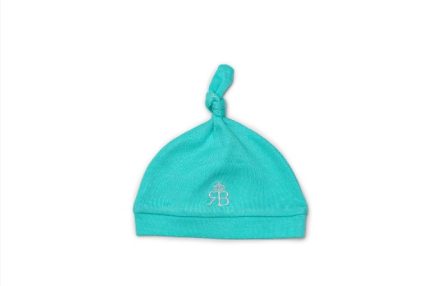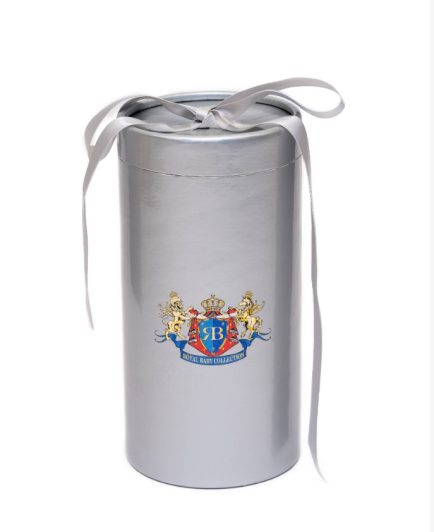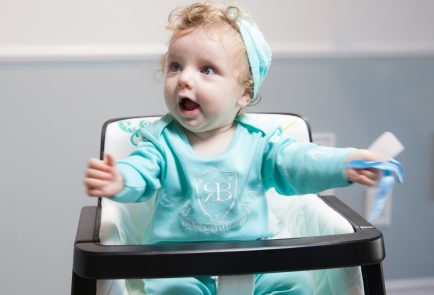It can be heartbreaking to watch your baby suffer his first cold. He will be uncomfortable, snuffling and may have trouble feeding. But there’s a lot you can do to ease your baby’s discomfort. Rest assured it’s called the common cold for a reason. Your baby may have about eight colds in his first year alone. It’s not a serious illness, but it will mean a lot of tissues and long nights for you.
Colds are infections of the mouth, nose and throat. Doctors call these areas the upper respiratory tract. Colds are caused by one of many different viruses(CKS 2011, NHS 2011). Babies tend to get a lot of colds because their immune systems are still developing and gaining strength (Tolen 2012). . Colds spread when someone with a cold sneezes or coughs, unleashing a virus into the air to be inhaled by someone else. Colds can also be spread through hand-to-hand contact. So always cover your mouth when you cough, and wash your hands after blowing your nose.
If your baby has a common cold, you may notice some of the following:
- fever
- cough
- reddened eyes
- sore throat
- stuffy, runny nose
- loss of appetite
- irritability and restlessness
- swollen lymph nodes, which are under his armpits, on his neck and the back of his head
Your baby may be having trouble breathing through his nose if he’s all stuffed up, so feeding will probably be difficult. Babies can’t blow their noses, so you’ll have to help your baby to clear the mucus. If your baby has been sleeping through the night, you’ll be reminded of those first few weeks of life. He’ll probably wake up several times because his nose is stuffy. Expect to be up with your baby, comforting him and wiping his nose.
If your baby is under three months, take him to the doctor at the first sign of illness. For a baby over three months, you may want to take him to the doctor to confirm that it is a common cold. Also take your baby to the doctor if:
- his cold hasn’t improved after five days
- his temperature climbs above 38 degrees C if he is under three months, and above 39 degrees C if he is under six months
- he is having trouble breathing
- he has a cough that won’t go away
- he is rubbing his ears and seems irritated. This could signal an ear infection
- he is coughing up green, yellow or brown mucus, or it’s running from his nose
References:
CKS. 2011. NHS Clinical Knowledge Summaries. Clinical topic – common cold. www.cks.nhs.uk [Accessed March 2013]
DH. 2009. Department of Health. Birth to five: Chapter 8 Treating illnesses, infections and injuries. webarchive.nationalarchives.gov.uk [Accessed March 2013]
Gov UK. 2015. Smoking in vehicles. Gov UK, News story. www.gov.uk [Accessed September 2015]
MHRA. 2010. Medicines and Healthcare products Regulatory Agency. Children’s over-the-counter cough and colds medicines: new advice. www.mhra.gov.uk [Accessed March 2013]
MHRA. 2011. Paracetamol: updated dosing for children to be introduced. Drug safety update. Medicines and Healthcare Products Regularity Agency. www.mhra.gov.uk [accessed September 2014]
Murphy SM, Murray D, Smith S, et al. 2004. Burns caused by steam inhalation for respiratory tract infections in children. BMJ. 328: 757
NHS. 2011. Common cold. NHS Choices. www.nhs.uk [Accessed March 2013]
NHS. 2012. Breastfeeding. NHS Choices, Health A-Z. www.nhs.uk [Accessed March 2013]
NICE. 2007. National Institute of Health and Clinical Excellence. Fever in children younger than 5 years. www.nice.org.uk [pdf file, accessed March 2013]
Tolen RW. 2012. Rhinovirus infection. eMedicine. emedicine.medscape.com [Accessed March 2013]
Original article: https://www.babycentre.co.uk/a78/common-cold































Comments